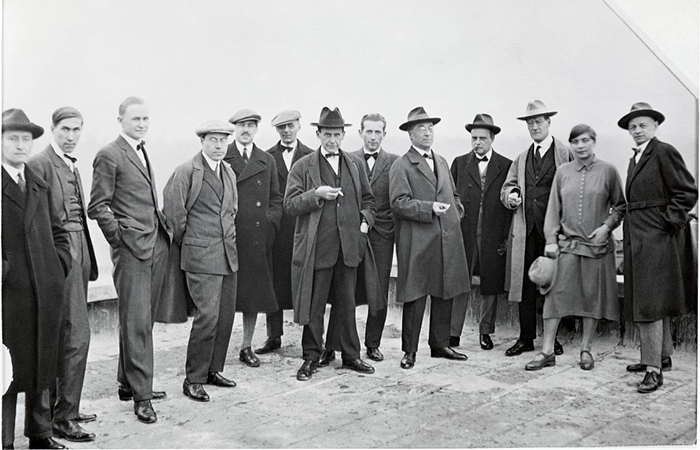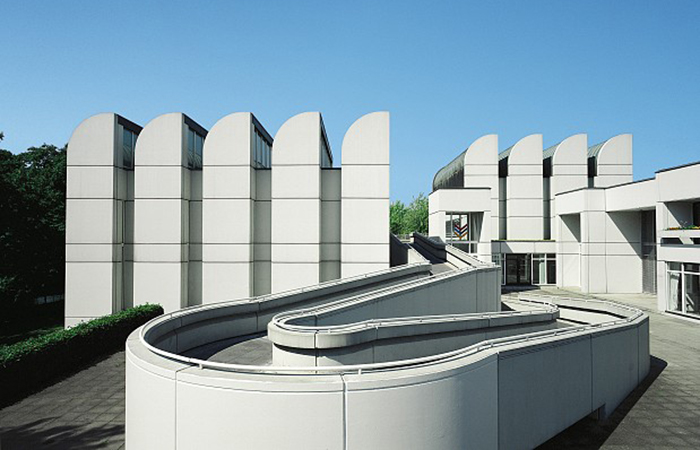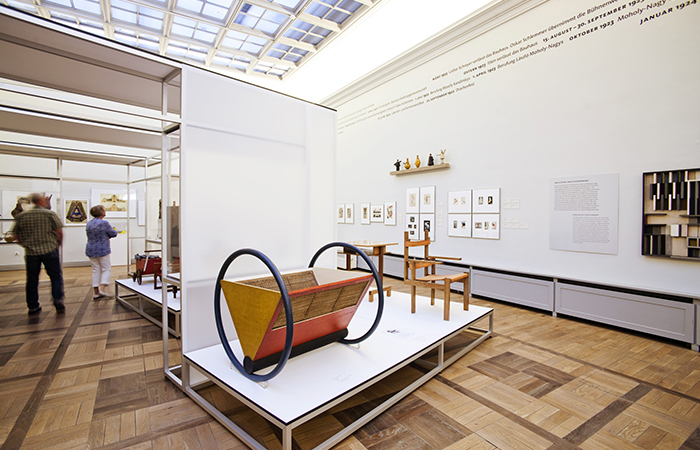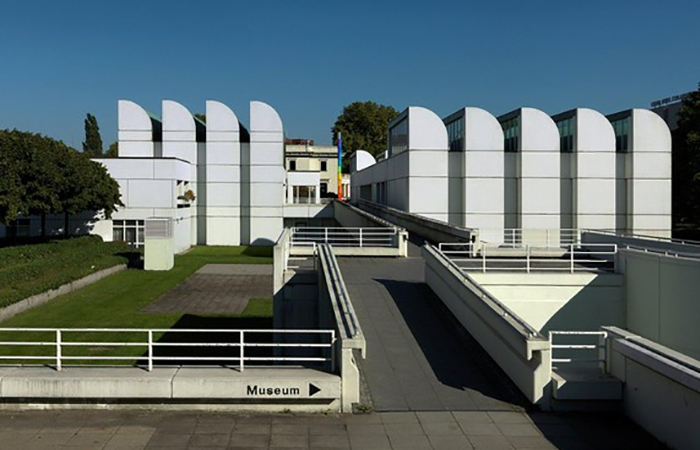BAUHAUS: Inspirations and Influences
The Bauhaus only existed for 14 years: from 1919 to 1933. Despite this, it became the twentieth century’s most important college of architecture, design and art. Following the closure of the Bauhaus in 1933, its material heritage was scattered all over the world. In 1960, the German art historian Hans Maria Wingler therefore founded the Bauhaus-Archiv with the aim of building up a collection on the subject of the Bauhaus, with the support of Walter Gropius and other former Bauhaus members. The collection was intended to act as a reservoir of ideas for something that would exercise a continuing influence.
Design Insider have been inspired to speak to Designers to find out how Bauhaus has inspired them, due to its mass influence in the world.
“The Bauhaus style was very pure, and in my opinion became a style that is timeless. Some desirable classics today are still these items because of its purity. As a style this has influenced many designers as simplicity is both commercial and suited to most cultures.” – David Fox, Creative Thought Director and Commercial Visionary at David Fox Design Ltd.
In Berlin, the Bauhaus-Archiv initially had its premises in Charlottenburger Schlossstrasse, starting in 1971. In 1976, the foundation stone was laid for its own museum building. Numerous former Bauhaus members from all over the world took part in the ceremony, and the building opened in 1979. The Bauhaus-Archiv – now renamed as Bauhaus-Archiv / Museum für Gestaltung – now had much better facilities for its exhibitions and work. In addition to a permanent exhibition, it presented comprehensive special exhibitions on major artists – such as Wassily Kandinsky, Paul Klee, Johannes Itten, George Muche and Herbert Bayer – and on the architects Walter Gropius, Marcel Breuer, Hannes Meyer, and Ludwig Mies van der Rohe, who taught at the Bauhaus. Specific areas of work at the Bauhaus – such as ceramics, metalworking, photography and advertising – could now be studied and presented in greater detail.
“For me, Bauhaus really marks the transition from decorative beauty to a utilitarian aesthetic focused on the ergonomics as much as on the design and functionality. It is this awareness and impetus of designing an experience, that has seen us through to where we are today.” – Dominique, Head of Design at Gainsborough.
The Bauhaus-Archiv Berlin is now an internationally recognized museum. Its reputation has been achieved not only through numerous guest exhibitions but also those held under its own roof. In addition to historical topics associated with the Bauhaus, the Bauhaus-Archiv / Museum für Gestaltung is also increasingly turning its attention to current issues in contemporary architecture and design.
“Bauhaus’s influence on current design is ever-present, the small group of pioneering modernists presented a revolutionary approach to art and design. Celebrating a convergence of art, craft and technology they were able to create a clean, practical and pure aesthetic that draws many visual parallels with modern day minimalistic styles. We are not only influenced by Bauhaus but will be celebrating its centenary in with Zoffany’s SS19 collection.” – Zoffany’s head of design, Peter Gomez.
On 30 April 2018, the museum building at Klingelhöferstraße will be closed, due to the beginning of construction work. In June 2018, they welcome you at Haus Hardenberg to inform you about their work and projects.
“There is something incredibly evocative about the Bauhaus building in Dessau – of time, of place, and of ideals; particularly when we remember it was built just two decades after the end of the Victorian era. But it is also familiar. Because Bauhaus, with its ideas about social cohesion, about bringing the best of unornamented Design to the greatest number of people, and of reconciling art, design, craft and production, has influenced architects and designers, particularly those of a Modernist leaning, for the last 100 years.” – Mark Butcher, Brand Manager of Mark Alexander.
You can learn more about Bauhaus here.
Visit Bauhaus








